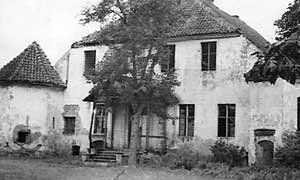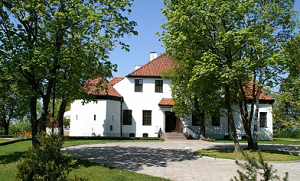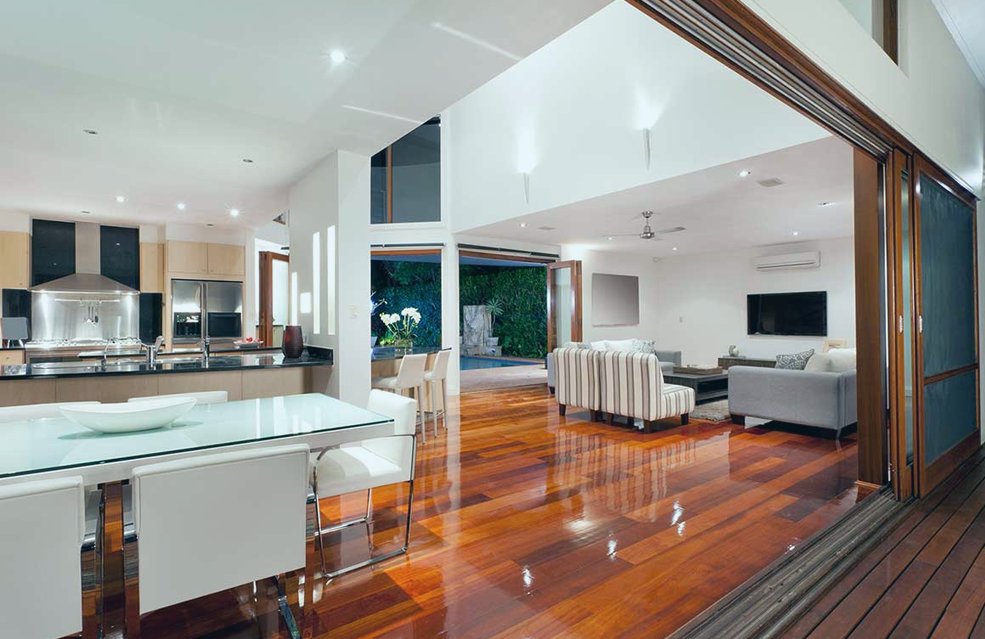At the beginning of the 16th century, Podzamcze was bought by the Sokołowski family of the Pomian coat of arms and built two defensive mansions – White and Red. In the following years, the White Court was owned by the Polish Kretkowski and Dziewanowski families, and then by the German Boris family. It was abandoned and devastated after the end of World War II. In 1994, it again went into private hands and the current owners began to rebuild and reconstruct completely ruined buildings. Today it is a hotel full of former charm.
Biały Dwór is located on the edge of a plateau towering over the Vistula valley. The strategic nature of the place, in the vicinity of trade routes, especially the Amber Road, was appreciated very early – in the area there are numerous remains of Prussian and Teutonic settlement.




